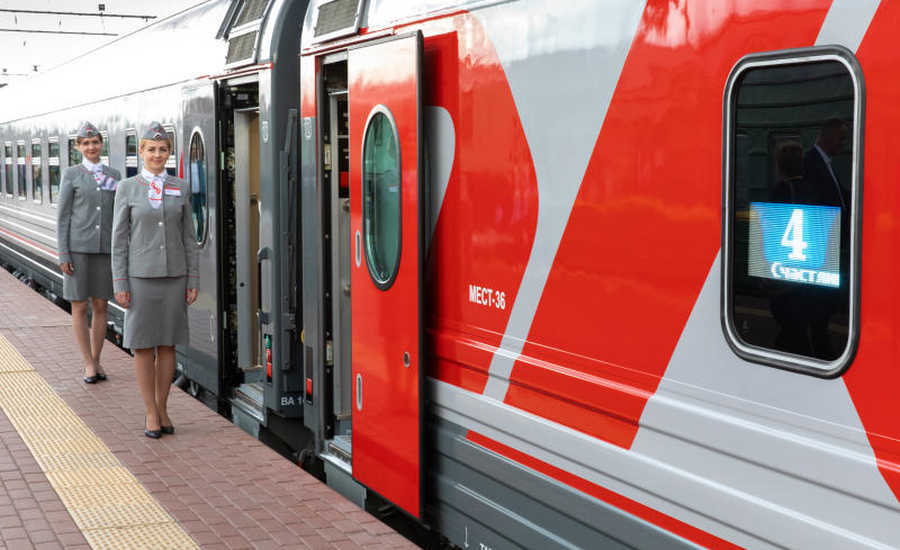If you’ve heard my Solo Travel with Derron podcast episode #38 from 2020, you’ll know that I think everyone should take trains while traveling in Europe. There are so many benefits.
But, as with anything, there are some issues with train travel that you should know about.
(Note: The best resource for train travel is seat61.com)
5 Minor Problems with Train Travel in Europe
Multiple Stops in the Beginning
If you’re going on a long train ride, the first hour or so is constant stopping and starting.
When I started taking trains in Europe, I didn’t realize that trains had to stop and let people on and off. I thought I could just get on the train and relax as if I was on a plane.
Even after you get going for a couple of hours, there always seems to be a stop or two in the middle of your journey.
This may not be a big deal to you, but I had to get used to it.
Country Border Guards
When traveling across European borders, make sure you have your passport handy in your train cabin.
Just as you fall asleep and start dreaming during your overnight train ride, there will be a loud knock at your door.
This knock is border guards from the country you’re leaving asking for passports.
Then, a few minutes later, border guards from the country you’re entering will come on board asking for the same thing.
I guess it all depends on how long your train ride is, but this always seems to happen in the middle of the night on overnight trains.
Migration Card
This was news to me.
On my train from Tallinn, Estonia, to Saint Petersburg, Russia, in 2019, the train stopped at the Russian border.
A border guard came on board and asked for passports, visas, and migration cards. I had no idea what that was.
It’s a card you fill out when entering some countries by train. Apparently, you need this if you are a foreigner entering the country.
I’m not sure if it’s exclusive to entering by train, but I can’t remember ever filling a migration card out when arriving by plane.
On the migration card, you’ll fill out your basic information in duplicate, give one to the guard, and keep one the entire time you are in the country.
Reverse Sitting on Trains
When you purchase train tickets, be aware that in some train cars, half the seats face the opposite direction of travel. Again, this was news to me. The first time I got on a train, and it started going backward, I had no idea what was happening.
It’s kinda weird at first, but you get used to it.
By the way, you can ask the ticket person for a front-facing seat if this is a real problem for you.
Changing Trains
On long city-to-city train journeys or even country-to-country trips, you might have to change trains.
I don’t know enough about trains to know if there are city trains and long-haul trains or others.
I just know that sometimes you have to get off the train you’re on and get on a different train.
The conductor might announce this when you first get on board, but maybe not.
If the train stops near your destination city, ask the train attendants.
Also, one handy travel tip in general, is to follow the crowds most of the time. This applies here; if you see everybody getting off the train, ask someone why, and follow them.
Summary
I’ll repeat, trains are great, but there are a few drawbacks. Now you know.
If you have any questions, please comment below.
Derron
P.S. You can listen to my podcast episode #38 at Solo Travel with Derron, available on Apple Podcast, Spotify, Google Play, and everywhere else you listen to podcasts.
